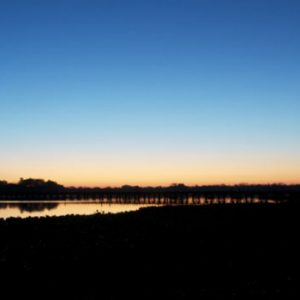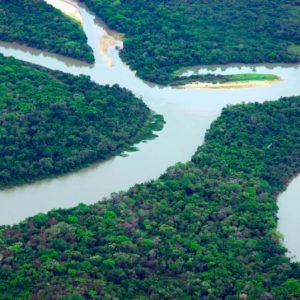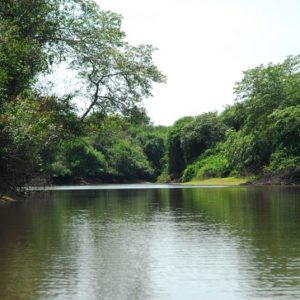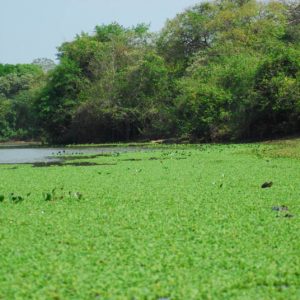Located in the Upper Paraguay Basin (BAP), with an area of approximately 195,000 km², the Pantanal is the largest wetland of the planet, the largest wetland of the earth. With its greater territory between the states of Mato Grosso and Mato Grosso do Sul, the region also covers areas in Bolivia and Paraguay, known as “Chaco Boliviano”.
In general, its rainy season runs from October to March, and it is when the waters that come from the plateau rivers can not drain, flooding the fields and characterizing the flood season. Already during the months of April to September, the rains stop and the volume of water finally flows, giving place to the dry season, that facilitates our displacement by the grounds, increasing the chance of finding the jaguars.
Recognized by Unesco as a Natural Heritage of Humanity and Biosphere Reserve, the Pantanal Biome is considered a complex of ecosystems, as it is a region of encounter between Cerrado, Chaco, Amazon, Atlantic Forest and Chiquitano Dry Forest.









